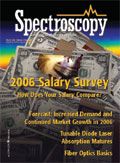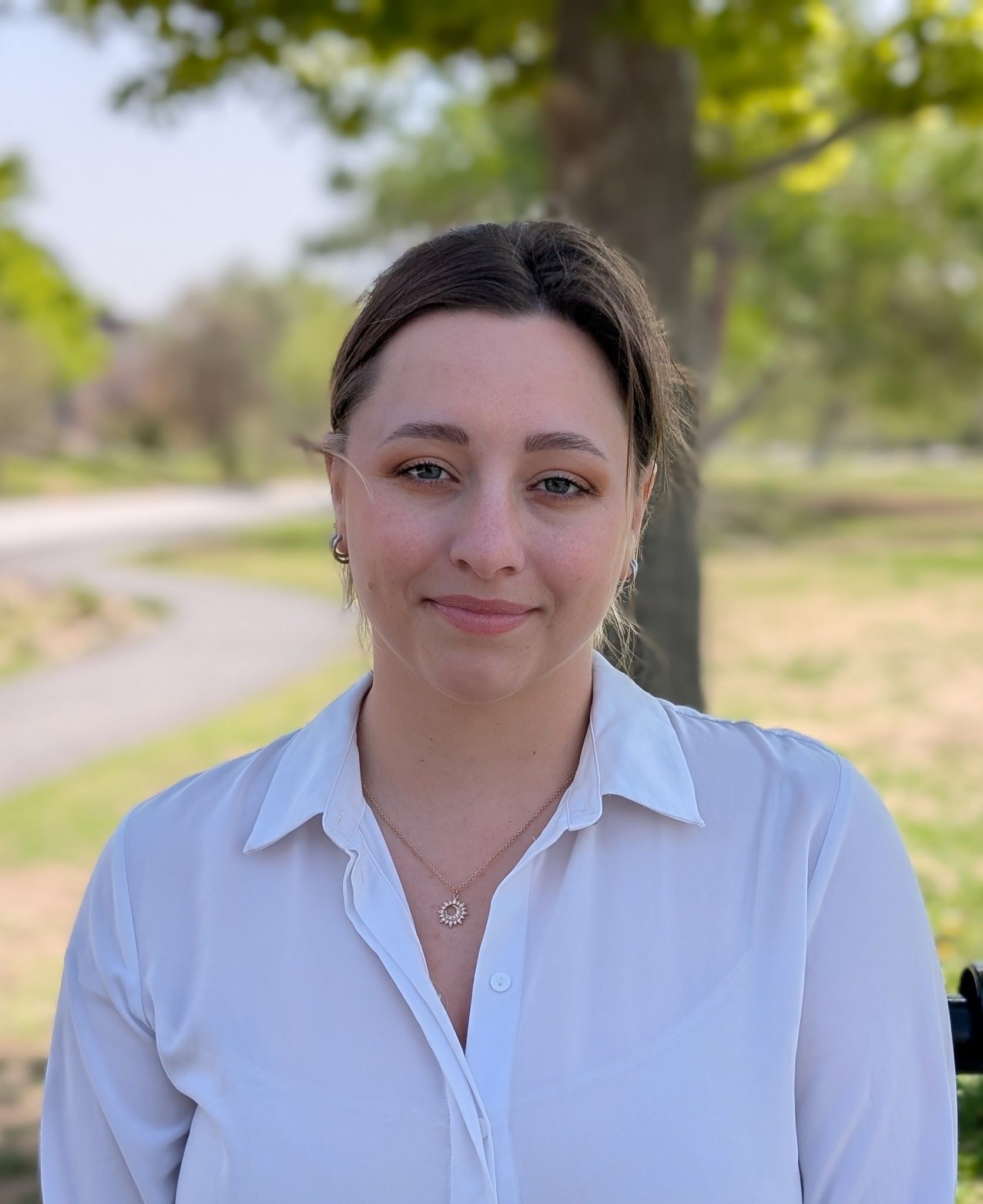Article
Spectroscopy
Spectroscopy
Product Resources - MS
Mass spectrometer
Mass spectrometer
Thermo Electron's LTQ Orbitrap hybrid mass spectrometer is designed for small molecule research, drug discovery, proteomics, metabolite identification, and metabolomics. According to the company, the instrument provides intensity-independent mass accuracy and requires no internal calibration. Thermo Electron, Waltham, MA; www.thermo.com
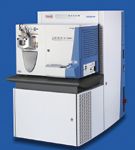
LC–MS gas generation system
Parker Balston introduces the SOURCE LCMS-5000 LC-MS gas generation system, which produces nitrogen, zero air and exhaust pump gases. It combines a compressor with coalescing filters, catalysts, and hollow-fiber membranes to produce these gases. Parker Hannifin Corporation, Haverhill, MA; www.parker.com
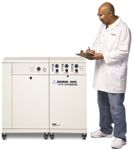
Chemistry software
ACD/Labs' ACD/Web Librarian version 9 is designed to be web browser-based software for sharing and viewing spectral, chromatographic, and chemical data. The software reportedly supports over 130 file formats and allows chemists to view, search, and create reports. According to the company, the new version offers viewing of hyphenated data and enhanced spectral searching and viewing of the company's cross-technique databases. Advanced Chemistry Development, Inc., Toronto, Canada; www.acdlabs.com
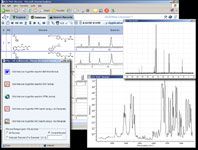
High-voltage module
Spellman High Voltage introduces the model MX10 high-voltage module for mass spectrometry. The DC-DC converter features hot switchable polarity reversal at 10 kV between 100 and 250 ms, and low peak-to-peak ripple performance. Applications include security detection systems, LC–TOF dynodes, sample ionization, as well as capillary electrophoresis and electrostatic printing. Spellman High Voltage, Hauppauge, NY. www.spellmanhv.com
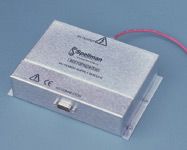
Electron multiplier
BURLE Electro-Optics' 5905 MAGNUM detector is designed to provide high dynamic range, increased gain stability, and near elimination of feedback noise. A proprietary glass formulation reportedly facilitates long detector life. The detector is designed specifically for Thermo Finnigan mass spectrometers; the electron multiplier cartridge is a plug-in replacement that fits directly in to the Thermo Finnigan mounting assembly. Its one piece construction eliminates fastener and connection problems. BURLE Electro-Optics, Sturbridge, MA; www.burle.com
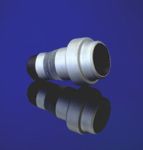
Newsletter
Get essential updates on the latest spectroscopy technologies, regulatory standards, and best practices—subscribe today to Spectroscopy.
